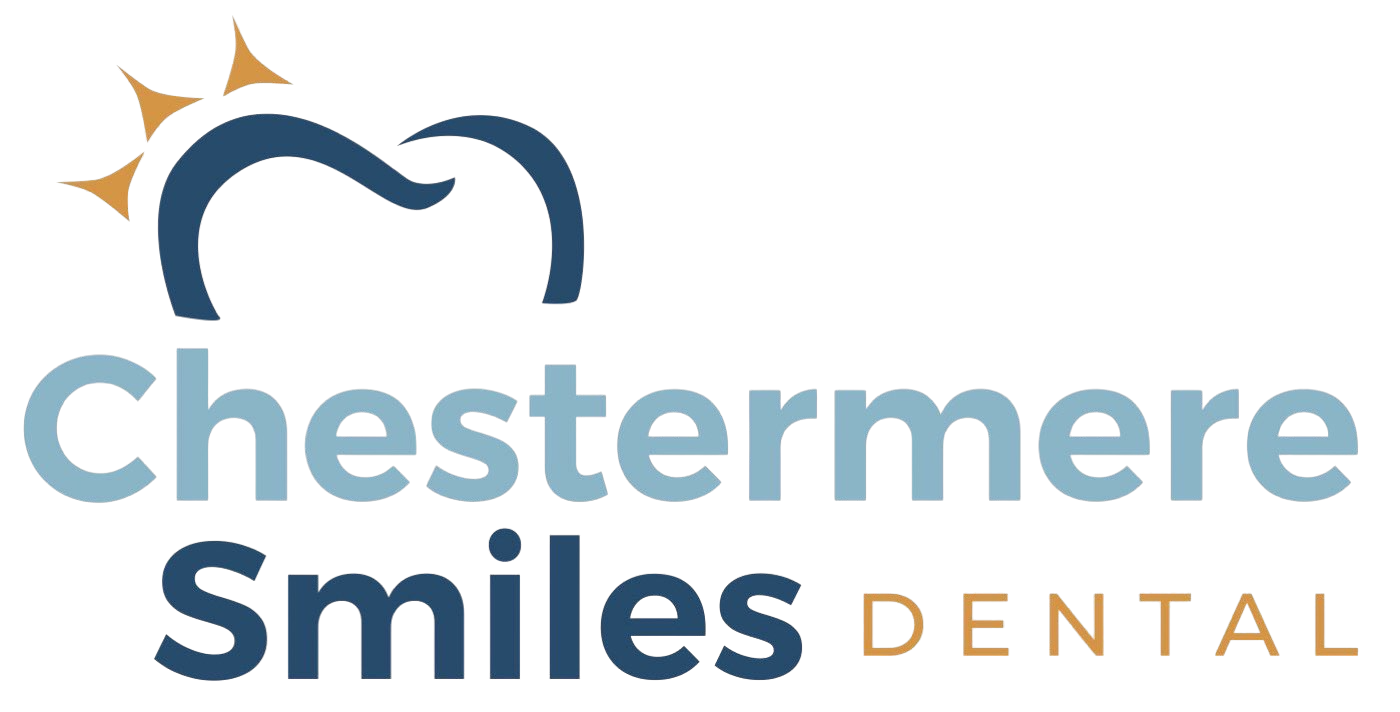Misaligned teeth and a crooked smile can affect your confidence and how you view yourself. Fortunately, there are many treatment methods available to help improve your smile, and in turn, your confidence.
Some people may not want to get conventional braces because of the aesthetic and functional drawbacks that go hand-in-hand with them. Invisalign was invented for that very purpose. Patients can now receive corrective treatment for their misalignment issues without sacrificing the aforementioned drawbacks. This article answers the often asked question: What is Invisalign?
How does Invisalign work?
Invisalign is a set of customized clear plastic aligners worn to fix common bite problems and misalignments. Invisalign works by applying gentle but consistent force to teeth – gradually shifting them into the correct position. The trays must be worn for most of the day and night but can easily be removed for eating, drinking, flossing, and brushing.
Many patients prefer Invisalign since the trays are virtually transparent and not very noticeable. During your initial consultation, your dentist will typically take an image of your mouth. This allows them to examine any issues with your teeth or jaws and helps them to determine which treatment option will be best for you. Should your dentist feel that Invisalign is a candidate solution for you, an impression can be made of your teeth, and a 3D model will be created from this impression. This 3D model is sent to the Invisalign lab, which will then create personalized aligners for you. Your dentist will explain care and usage instructions to you. The trays are usually replaced every two or three weeks.
Invisalign should be worn for at least 22 hours per day in order for it to be as effective as possible. Most people will need to wear the trays for roughly one year to 18 months. However, your treatment time is determined by how severe the misalignment or bite issues are.
Who can benefit from Invisalign?
Invisalign is meant to treat mild to moderate cases of misalignment. If you have severe misalignment, your dentist may have to refer you to an orthodontist for further evaluation.
If you are a parent who is considering clear aligners for your child or teenager, it is important to remember that Invisalign requires quite a lot of self-discipline and responsibility on their part. This can be a bit challenging sometimes, especially for younger children. However, that does not mean that it is not a good option for them. Your dentist will equip both you and your child with all the necessary information on how to properly use and care for the trays. Invisalign now offers Invisalign Teen to help with keeping track of your child’s progress.
Invisalign vs. Braces
Clear aligners are a great alternative to traditional braces because they are almost invisible. This makes them especially popular among adults. You might not want everyone to know that you are undergoing orthodontic treatment, and Invisalign offers a more subtle solution.
Invisalign is comfortable and does not cause irritation to the teeth and gums. It also allows you to keep a healthy oral hygiene routine since the trays can be removed for thorough cleansing of the teeth and gums. The treatment period is around 12 to 18 months, compared to braces which usually need to be worn for about two to three years.
However, while Invisalign is more comfortable and less visible, traditional braces are generally a more affordable option.
Are there any downsides?
While this is a generally pain-free treatment option, patients often notice some slight discomfort during the first few weeks as their mouth adjusts to the sensation of the trays. This is normal, however, and will subside after a while.
Invisalign may also cause mild, temporary speech impediments such as a slight lisp. This is patient-specific though – some people might experience this, while others not at all. Any speech impediments will typically subside after you’ve gotten used to the aligners.
Invisalign is an effective method of treatment if you suffer from mild to moderate misalignment, bite issues, crowding, or spacing. A crooked smile can negatively affect someone’s confidence. Nevertheless, a lot of people feel the same way about having metal braces that are quite obvious for others to see. Invisalign allows patients to receive corrective treatment more discreetly. It also allows them to continue with their daily tasks as normal. Speak to your dentist in Chestermere about whether Invisalign is right for you.


